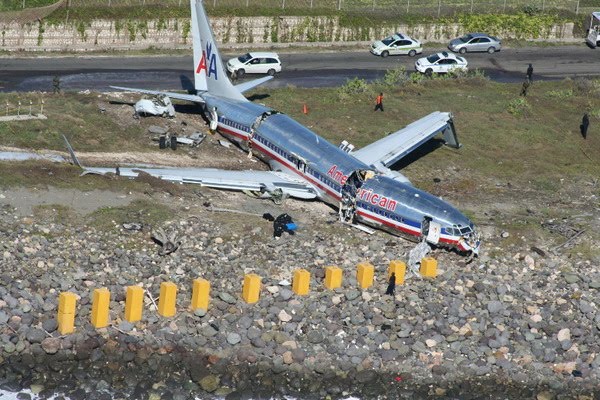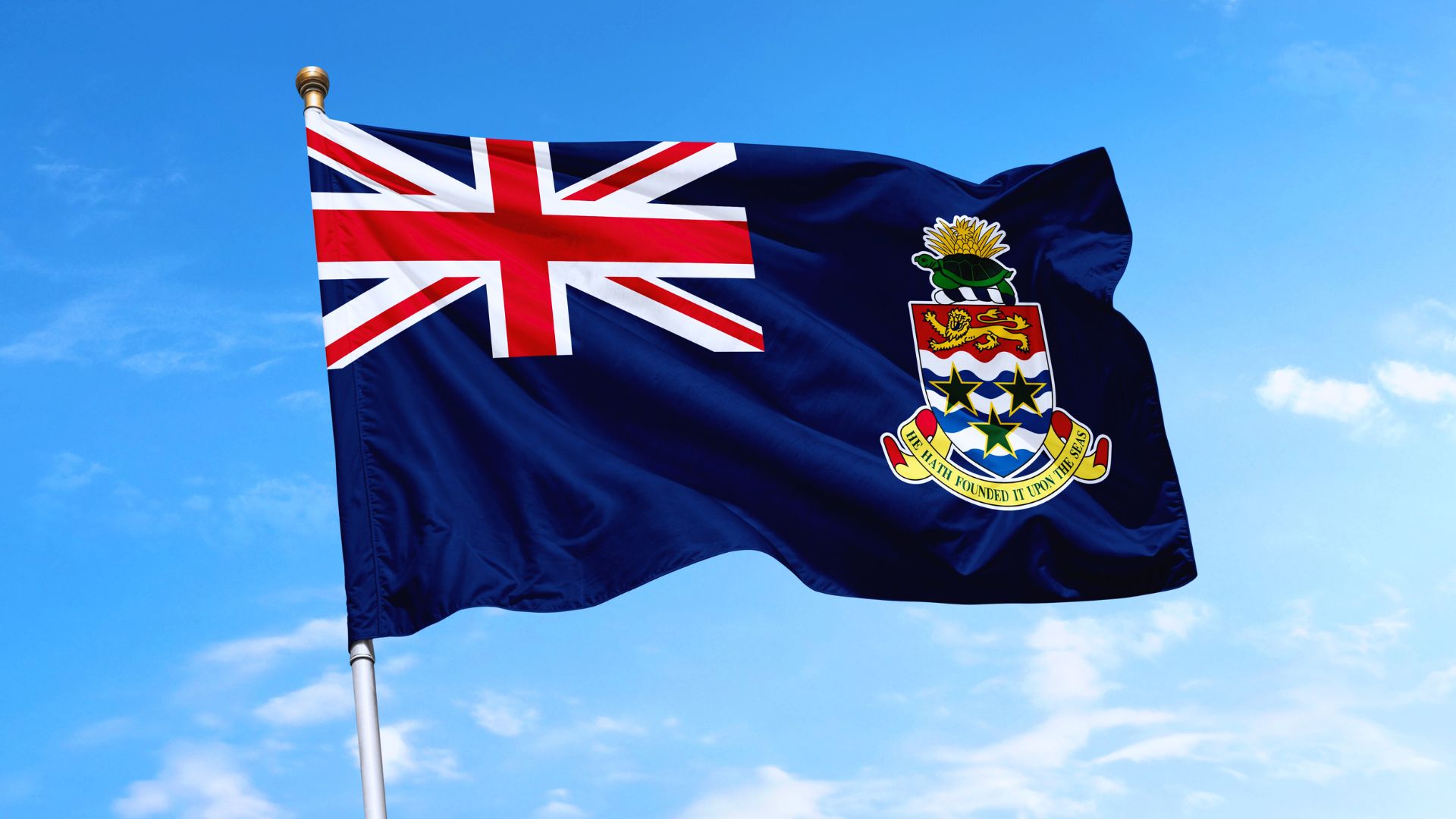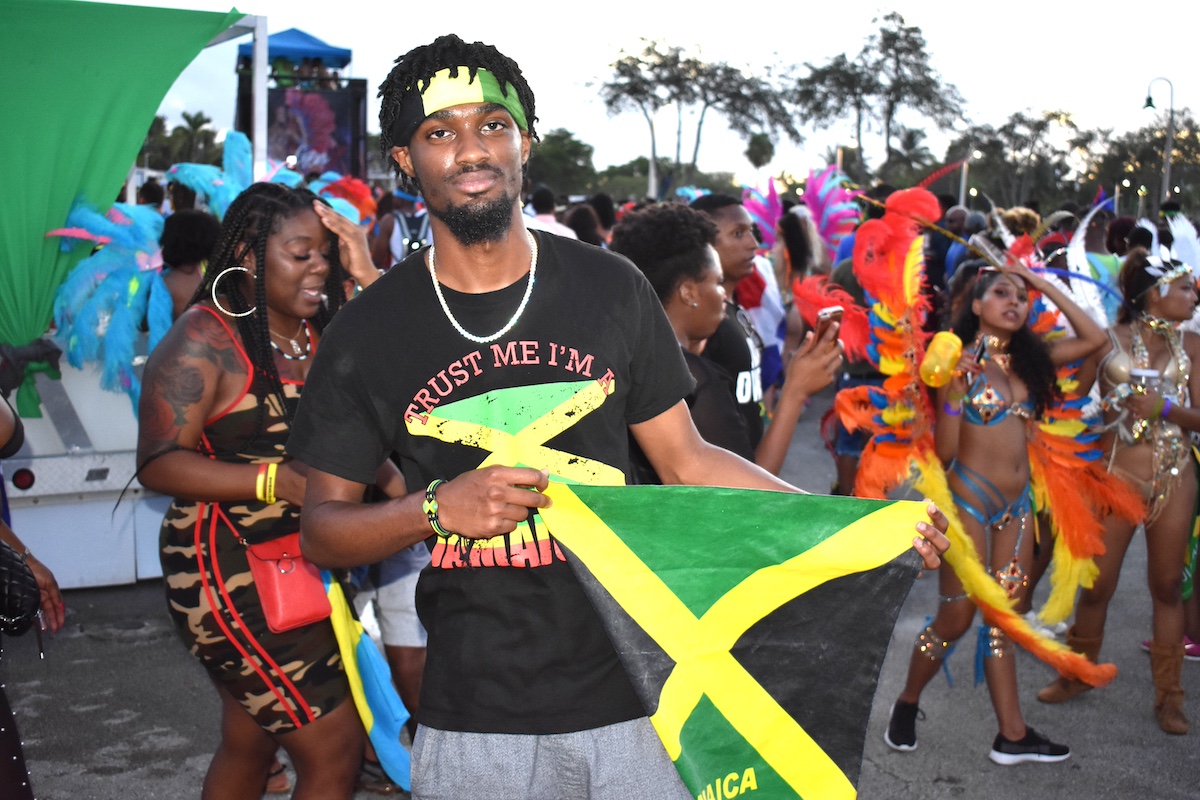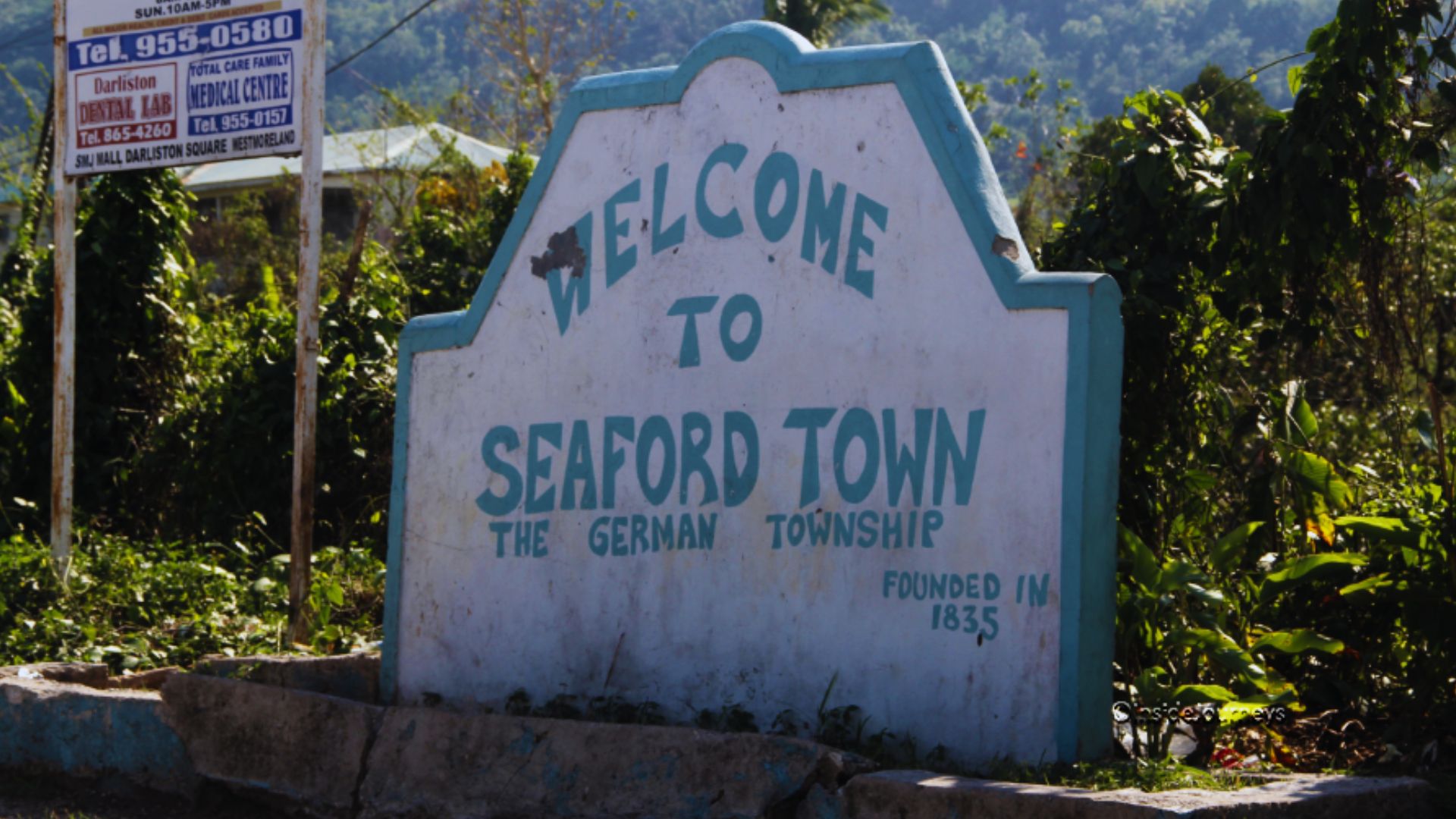On December 22, 2009, American Airlines Flight 331 crashed at the Norman Manley International Airport in Kingston, Jamaica. The Boeing 737 aircraft landed during a rainstorm and was unable to stop on the runway. The flight had originated at Ronald Regan Washington National Airport in Washington DC and had a stop-over at the Miami International Airport in Florida.
During its landing in Jamaica, the plane skidded and overshot the runway pavement, which caused serious damage to the aircraft. There was heavy rain in the area at the time of the accident. Some of the passengers stated that the cabin service in the plane had been suspended several times during the flight until it was ultimately canceled due to turbulence. It was also reported that some of the Jamaican airport approach lights were not working at the time of the landing. However, Jamaican officials said that the aircrews had received notification of this factor and that the actual runway area was properly lit. Ground-based navigation aids were functioning normally at the time of the accident as well.
The accident resulted in the entire fuselage of the aircraft breaking forward as well as all of its left wing. One wing lost an engine, and the other lost its winglet tip. The nose section of the craft was crushed. The plane’s landing gear failed, which put the craft on its belly as the momentum carried it through the perimeter fence at “freeway speeds.” It skidded across Norman Manley Highway, finally stopping in an upright position just meters short of Kingston’s outer harbor and the Caribbean Sea.
The US National Transportation Safety Board launched an investigation, sending a team to help the Jamaica Civil Aviation Authority. American Airlines also sent a crash team to help with the investigation. Reports indicated that the plane’s crew had contacted Jamaica Air Traffic Control to request an instrumental landing system approach for the runway. However, they were advised of tailwind conditions on the original runway and were offered a circling approach to another runway. The crew repeated its request for the original runway and were subsequently cleared to land there, although the controller further advised them that the runway was wet.
The factors contributing to the accident included the landing speed of the aircraft and the fact that the plane touched down over 4,000 feet from the start of the runway. Additionally, American Airlines had not provided training on tailwind landings. Other contributing factors were that the flight crew had not been given accurate and current reports on the runway conditions in Kingston, the failure of the crew to review approach options, the crew decided to land in heavy rain on a wet runway in a tailwind, and the crew did not use maximum autobrake level or available flaps.
Of the 154 people on board, 85 sustained injuries as a result of the accident, but non were life-threatening.
Photo Source: Peter Dean Rickards.






